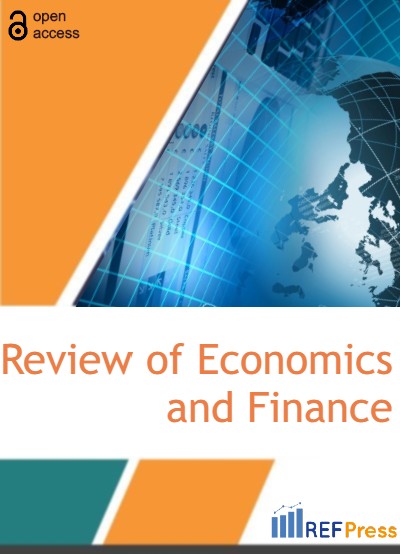
Pollution Control and Productivity Growth: Some Unusual Evidence from the U.S. Steel Industry
(Pages 80-96)H. Youn Kim*
Department of Economics, Western Kentucky University,
Bowling Green, KY 42101, U.S.A.
DOI: https://doi.org/10.55365/1923.x2021.19.09
Abstract:
This paper studies productivity growth in the U.S. steel industry using an early data set, 1957-76, and uncovers new evidence on the effects of pollution control. The model identifies the components of productivity growth with scale effects, pollution control, R&D, and technical change, with allowance for markup behavior. There is evidence that R&D funds were diverted into pollution abatement, and R&D stock had a negative impact on productivity growth. While pollution control had a dampening effect on productivity growth in the early years of the period, compliance with stricter pollution laws in the later years provided an added incentive for modernization, which yielded an acceleration of productivity growth. This result is in sharp contrast to existing findings that support the negative view of pollution control on productivity growth.
Keywords:
Pollution control, Technical change, Total productivity growth, Translog Cost function, Scale economies.
JEL Classification:
D21, D24, L11, L69, Q52.
How to Cite:
H. Youn Kim. Pollution Control and Productivity Growth: Some Unusual Evidence from the U.S. Steel Industry. [ref]: vol.19.2021. available at: https://refpress.org/ref-vol19-a9/
Licensee REF Press This is an open access article licensed under the terms of the Creative Commons Attribution Non-Commercial License (http://creativecommons.org/licenses/by-nc/3.0/) which permits unrestricted, non-commercial use, distribution and reproduction in any medium, provided the work is properly cited.
